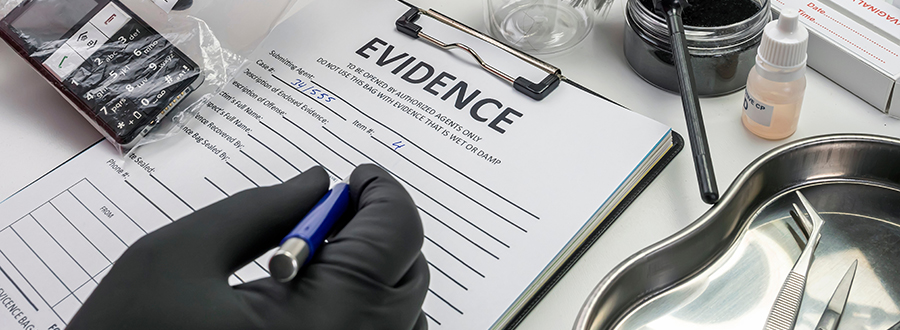Phones, Cars, Watches, Refrigerators, and Evidence
This was going to be a slightly different article about the Alex Murdaugh trial and guilty verdict of just weeks ago until an arrest happened in Georgia that, well, changed my misapprehensions to something much closer to concern.

The Murdaugh Murder Trial
First, Murdaugh. Six weeks of trial, seventy witnesses,and yet the jury took less than three hours to reach a guilty verdict on two counts of Murder 1st Degree. Understand, the prosecution offered no motive and no physical evidence. I’m not, in fact, questioning the jury’s decision. I am, however, questioning the time that went into such a serious decision while noting that the jury polished this case off between lunch and dinner.
That seems almost flippant, especially in light of some of the highly technical evidence offered by both sides.
I should probably stress here that I don’t have a problem with the verdict – it seems as reasonable as it was inevitable.
But I do have a problem with the evidence. Or, rather, how it was used and I think it’s something we all need to be concerned with.
The Murdaugh case was almost overwhelmed by evidence – if, that is, it was really evidence as in evidence that helped prove guilt.
Digital Evidence, the Future, and Why We Should All Be Worried
The prosecution presented an overwhelming assortment of ‘digital evidence.’ Just about every bit of electronic/digital data that can be amassed was used against Murdaugh. Everything from “Alex, Maggie and Paul Murdaugh’s iPhones, call records of family and friends, location and speed data from Murdaugh’s S.U.V., entry logs from his office security system, images from automatic license plate readers mounted on public roads, communications on social networks and messaging apps, reams of financial data and video and audio recorded on Murdaugh’s 911 call and by police officers at the scene.” I didn’t see the whole trial so I can’t swear that toasters and refrigerators also weren’t used but I wouldn’t bet against it.
Let’s step back for a moment: I don’t think anyone would deny that we are under constant surveillance from our own electronic gadgets. Twenty-four/seven, our phones, cars, and appliances track us. The data is immense. It’s also pure raw data – it doesn’t tell you anything. It only invites speculation – which the prosecution provided plenty of.
Large chunks of the trial became a litany of “his phone was off for ten minutes;” “car records show him speeding,” “he was walking around outside his mother’s home for several minutes,” “he didn’t take any steps for four minutes.” And much, much more.
The prosecution found patterns in all this data that fit their timeline[s] of the murders. A preposterously easy thing to do when you consider how much data they had to work with.
Proving a Negative
One particularly egregious example: The prosecution said that Murdaugh’s phone data showed him walking around outside for several minutes at his mother’s house. Their question: “Why? Was he trying to hide something?”
This kind of ‘evidence by data’ (remember, there is no physical evidence whatsoever) puts people in the position of having to explain everyday occurrences that they don’t give a second thought to. It also doesn’t take into account the three to four times a day an Apple Watch congratulates you for walking when you’re on the couch binging Netflix.
Facial Recognition . . . is nowhere near perfected
My fears were greatly expanded upon when I read the news of a Georgia man stopped by Atlanta police and taken into custody for using stolen credit cards to buy designer handbags in Louisiana. Two armed robberies for which the man had a rock-solid alibi – he was 500 miles away when it happened and he had never been to Louisiana.
It turned out that he had been identified by a face recognition program used by Louisiana police despite the fact the tech company that developed it specifically instructed police departments to not ‘solely’ rely on it to make arrests.
Where did it get the man’s image[s]? The program scrubs social media sites.
The man was in jail for six days, held on an out-of-state extradition request, before it was worked out.

